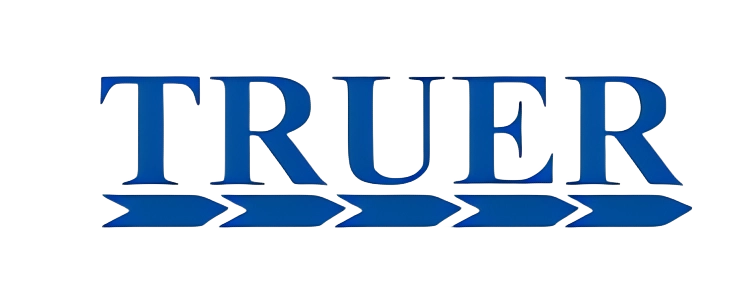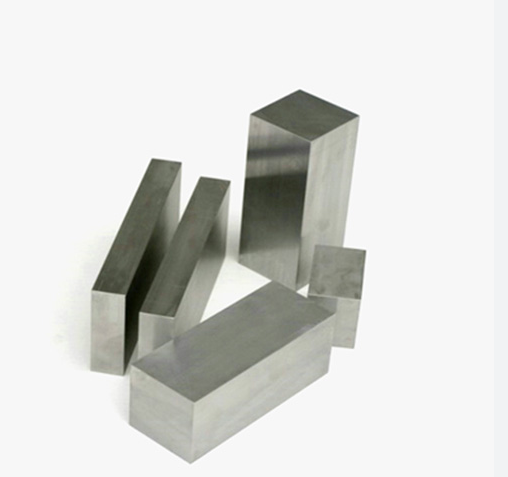The Use of Carbide Rods
Barres en carbure are the backbone of precision machining and manufacturing. Used in everything from cutting tools to industrial machinery, these high-performance materials offer unmatched hardness, wear resistance, and heat endurance. But why does quality matter? Think of it like this: if carbide rods were the tires of a race car, using substandard ones would be like trying to win a Formula 1 race on cheap, worn-out tires. Not a great idea, right? That’s why ensuring carbide rods meet top-notch quality standards is crucial.
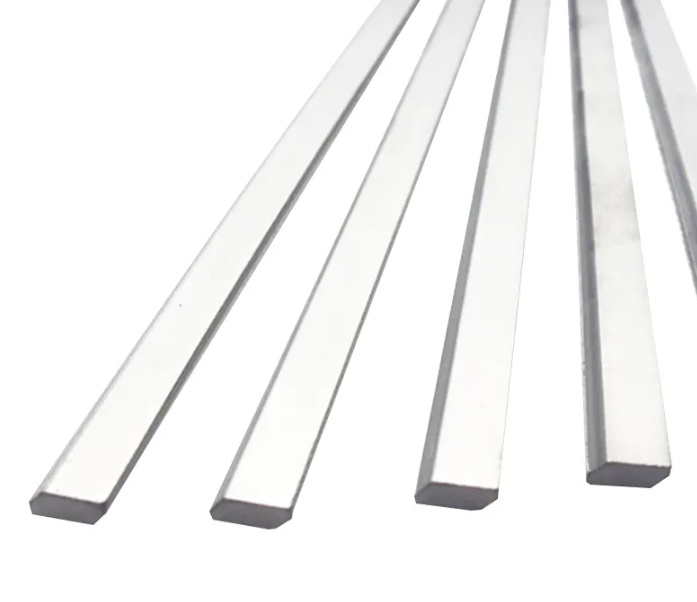
Qu'est-ce qu'une tige en carbure ?
Barres en carbure are solid cylindrical bars made from tungsten carbide powder, typically bound with cobalt or other metals. These rods are sintered at extremely high temperatures to form a dense, super-hard material used in metal cutting tools, drills, end mills, and wear-resistant applications. Their durability makes them ideal for demanding industries such as aerospace, automotive, and medical equipment manufacturing.
Key Benefits of Carbide Rods:
- Dureté extrême – Much harder than steel, making them last longer in cutting applications.
- Haute résistance à l'usure – Ideal for machining tough materials.
- Résistance à la chaleur – Can endure extreme temperatures without losing performance.
- Precision Manufacturing – Ensures accuracy in cutting and drilling applications.
Key Quality Standards for Carbide Rods
When choosing carbide rods, it’s essential to ensure they meet international quality standards. These standards define the mechanical properties, composition, and performance expectations, guaranteeing consistency and reliability.
Major Quality Standards:
- ISO 513 & ISO 9001 – International standards for cutting materials and general quality management.
- ASTM B777 – Specifies the density and hardness requirements for tungsten-based materials.
- GB/T 18376.1-2001 – Chinese standard for evaluating carbide materials.
- DIN ISO 513 – German standard covering various carbide compositions.
- JIS B4053 – Japanese standard for carbide tool materials.
Factors That Determine Carbide Rod Quality
| Facteur | Description |
|---|---|
| Tungsten Purity | Higher purity ensures better hardness and strength. |
| Taille des grains | Finer grains improve toughness and wear resistance. |
| Liant en cobalt | Affects the toughness and hardness balance. |
| Processus de frittage | Advanced sintering leads to a more uniform structure. |
| Finition de la surface | Affects performance in machining applications. |
| Tolerance Standards | Precision in diameter and straightness for better accuracy. |


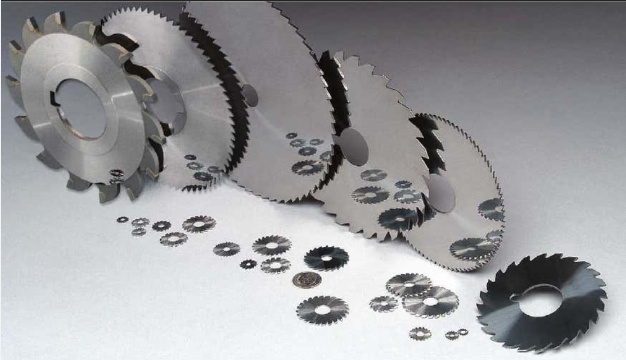
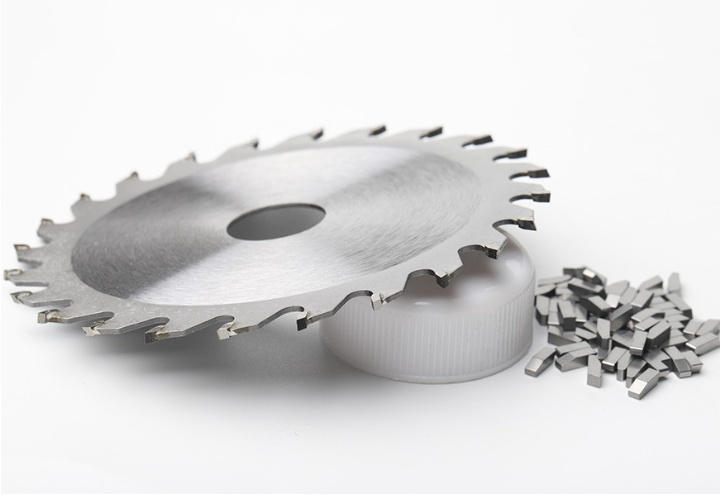
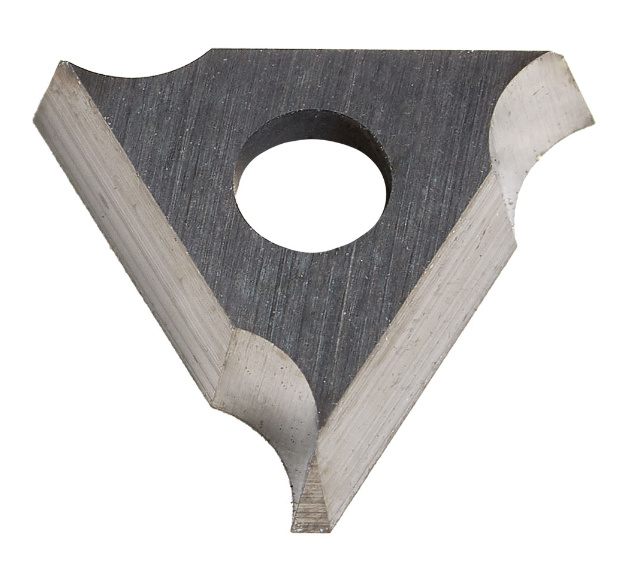
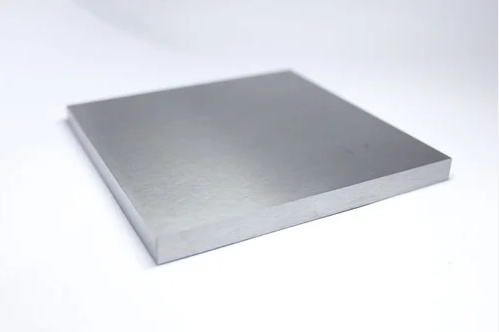
How to Choose High-Quality Carbide Rods?
So, how do you pick the best tiges en carbure? It’s like choosing a top-tier chef’s knife—material quality, craftsmanship, and durability matter. Here’s what to look for:
- Check the Grain Structure: Finer grains mean stronger rods. Opt for ultrafine or submicron grain carbide rods for precision cutting.
- Look at the Cobalt Content: More cobalt increases toughness, but too much can reduce wear resistance.
- Verify the Sintering Process: High-quality sintering ensures even hardness and fewer defects.
- Surface Inspection: Choose rods with a polished or ground finish for enhanced performance.
- Réputation du fabricant : Stick with trusted brands that meet international standards.
Common Defects and How to Avoid Them
Even the best materials can have flaws. Here are some common defects and how to avoid them:
| Defect | Cause | Prevention |
|---|---|---|
| Porosité | Poor sintering process | Choose high-quality sintered rods |
| Cracks | High internal stress or cooling issues | Ensure uniform heat treatment |
| Uneven Hardness | Composition incohérente des matériaux | Vérifier les certifications de qualité |
| Chipping | Manipulation incorrecte ou faible structure du grain | Optez pour des tiges en carbure à grain fin |
Principaux fabricants et certifications de barreaux en carbure
| Fabricant | Certifications |
|---|---|
| Sandvik | ISO 9001, ISO 14001 |
| Kennametal | ASTM B777, ISO 9001 |
| Carbure cémenté de Zhuzhou | GB/T 18376.1-2001, ISO 9001 |
| Ceratizit | DIN ISO 513, ISO 9001 |
| Sumitomo Electric | JIS B4053, ISO 9001 |
| Guhring | ISO 513, DIN ISO 9001 |
| ISCAR | ISO 9001, ISO 14001 |
| Matériaux Hyperion | ASTM B777, ISO 9001 |
| Matériaux Mitsubishi | JIS B4053, ISO 9001 |
| Outils Seco | ISO 513, ISO 9001 |
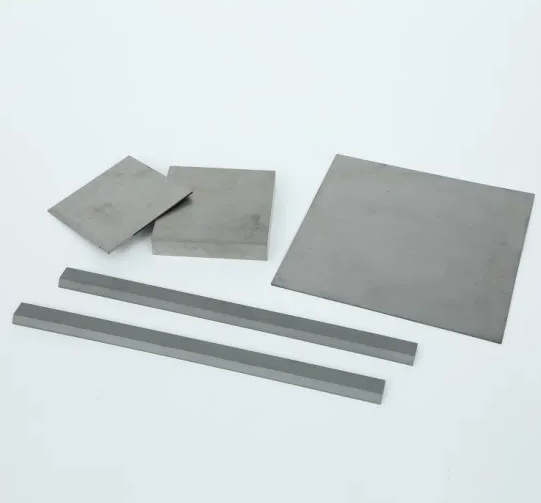
FAQ
| Question | Réponse |
|---|---|
| Quelle est la meilleure barre de carbure pour l'usinage ? | Les tiges de carbure à grain submicronique offrent la meilleure précision et la meilleure résistance à l'usure. |
| Comment puis-je tester la qualité des barres de carbure ? | Vérifiez la dureté, la taille des grains et l'état de surface. Recherchez les certifications industrielles. |
| Pourquoi les tiges en carbure se cassent-elles ? | Un mauvais frittage, des contraintes internes excessives ou une utilisation inappropriée peuvent entraîner des ruptures. |
| Quelle est la différence entre le carbure de tungstène et le carbure solide ? | Le carbure massif est le carbure 100%, tandis que le carbure de tungstène est généralement mélangé à un liant tel que le cobalt. |
| Quelle est la durée de vie des tiges en carbure ? | La longévité dépend de l'utilisation, mais les baguettes de qualité supérieure peuvent durer beaucoup plus longtemps que les baguettes de qualité inférieure. |
